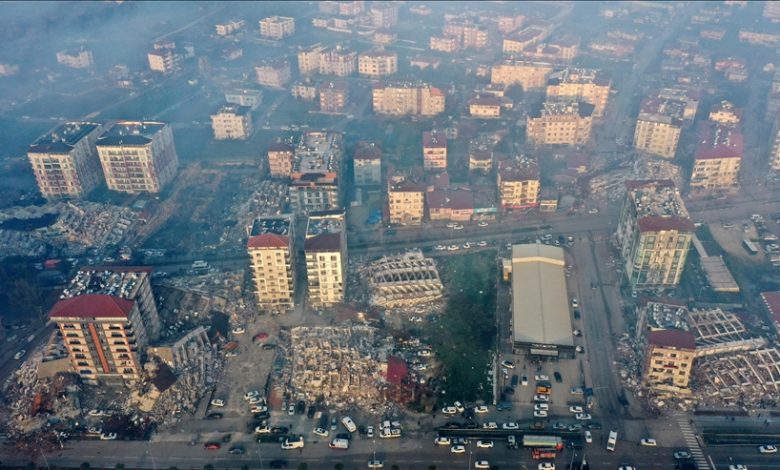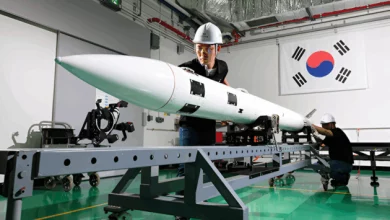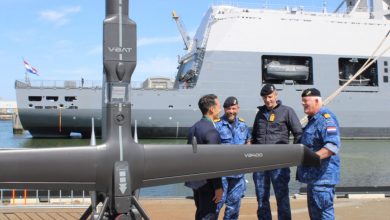Analysis: The sui-generis features of Maras earthquake

Perhaps for seismologists, the Maras earthquake will serve as a reminder that large earthquakes do not always occur where most expected.
In 3 questions, Dr. Margarita Segou evaluates the unique features of the recent Maras earthquake for Anadolu’s Analysis Department.
- What are the differences of Maras earthquake in comparison with other earthquakes in the world?
The M=7.7 Maras earthquake occurred at 01:17 UTC on February 6th in southern Türkiye along the fault that forms the boundary between the Anatolian and the Arabian tectonic plates. Those tectonic plates move in a horizontal sense (lateral), relative to each other with a velocity of 13 mm per year, almost one-third of the relative velocity of the well-known North Anatolian Fault. The earthquake broke a 200 km-long fault section resulting in severe ground shaking that lasted over a minute. The widespread destruction with thousands of collapsed buildings is related to the intensity of the ground motion and the vulnerability of structures in the region.
The Maras earthquake was followed by the magnitude M=7.6 earthquake in Maras a few hours later, that occurred on another nearby fault and caused damages expanding considerably. Now, three days after, aftershocks cover 200 km around the locations of the two earthquakes forming the shape of the Greek letter, λ. Maras is the largest earthquake at this fault since only 12 earthquakes with a magnitude larger than M=6.0 are known since 1900. The Maras earthquake neared, but not exceeded, the maximum expected earthquake magnitude for similar faults around the world. The magnitude of these earthquakes and the quality of the constructions played a key role in the extended damages that we see in the broader region.
- Is it common to see the two subsequent earthquakes of these magnitudes?
It is well-established that an earthquake promotes seismicity in nearby faults in an effort for the region to reach a new stress equilibrium. The triggered seismicity, referred sometimes as “aftershocks”, is promoted by the passing of seismic waves and/or the permanent deformation caused by the preceding earthquake, referred as “mainshock.” The second earthquake, the M=7.6 is closely related to the first earthquake. The recording instruments around Maras, called “seismometers,” inform today’s scientists about how the ground moved during an earthquake. These data are invaluable and may lead to a step-change in understanding what earth processes occur few hours before a large magnitude earthquake which in turn will help us prepare for the future.
Perhaps the most famous sequence of subsequent earthquakes on similar faults is the case of the 1992 earthquakes that struck the Mojave Desert in Eastern California involving the M=6.2 Joshua Tree, followed by the M=7.3 Landers, and M=6.3 Big Bear earthquakes. Another more recent case is the 2016 Kumamoto sequence on the island of Kyushu, Japan, when a magnitude M=6.5 was followed almost a day later by the large magnitude M=7.3 event. In Europe, the magnitude M=6.0 2016 Amatrice earthquake in the Apennine mountains was followed 2 months after by the magnitude M=6.5 Norcia earthquake forming a rich aftershock sequence that lasted more than 6 months. Although not unseen, such cascading sequences of large-magnitude earthquakes within relatively short time periods (hours to months) are rare and notable around the world. Investigating those particular earthquake pairs and analyzing their particular characteristics promotes a new understanding for earthquakes that has a direct impact on seismic hazard and future building codes.
- How did it change the earthquake map of Türkiye?
The expected triggered seismicity in the region, commonly referred to as the “aftershock zone,” will cover an extended region of likely more than 500 km which will result in moderate to sometimes severe felt ground shaking along this plate boundary for many months to come, if not years. Following known statistics, tens of aftershocks with a magnitude larger than M=6.0 are to be expected and some of them are likely to cause further damage in locations where there has already been a lot of building collapses. Given a few months to years, the observed seismicity will return to pre-earthquake levels but until then seismic hazard and risk in this part of Türkiye is expected to be heightened. We should keep in mind that seismological research for medium and long-term hazard has presented evidence for strain accumulation along the North Anatolia Fault line that extends for more than 1,200 km from the North Aegean Sea in Greece to the East Anatolia region.
Therefore, the increased seismic hazard of the region where the two large earthquakes occurred is transient in nature while longer seismic hazard estimates continue to be relevant. Perhaps for seismologists, the Maras earthquake will serve as a reminder that large earthquakes do not always occur where most expected. The above highlights the importance of dense seismic monitoring coupled with the continuous scientific effort of the seismological community toward rigorous earthquake forecasts that express the probabilities of future occurrences rather than deterministic predictions-similar to weather forecasts. At the same time, informed decision-making for the mitigation of expected risks and situational readiness will be critical for stakeholders and the public.
Source: AA





